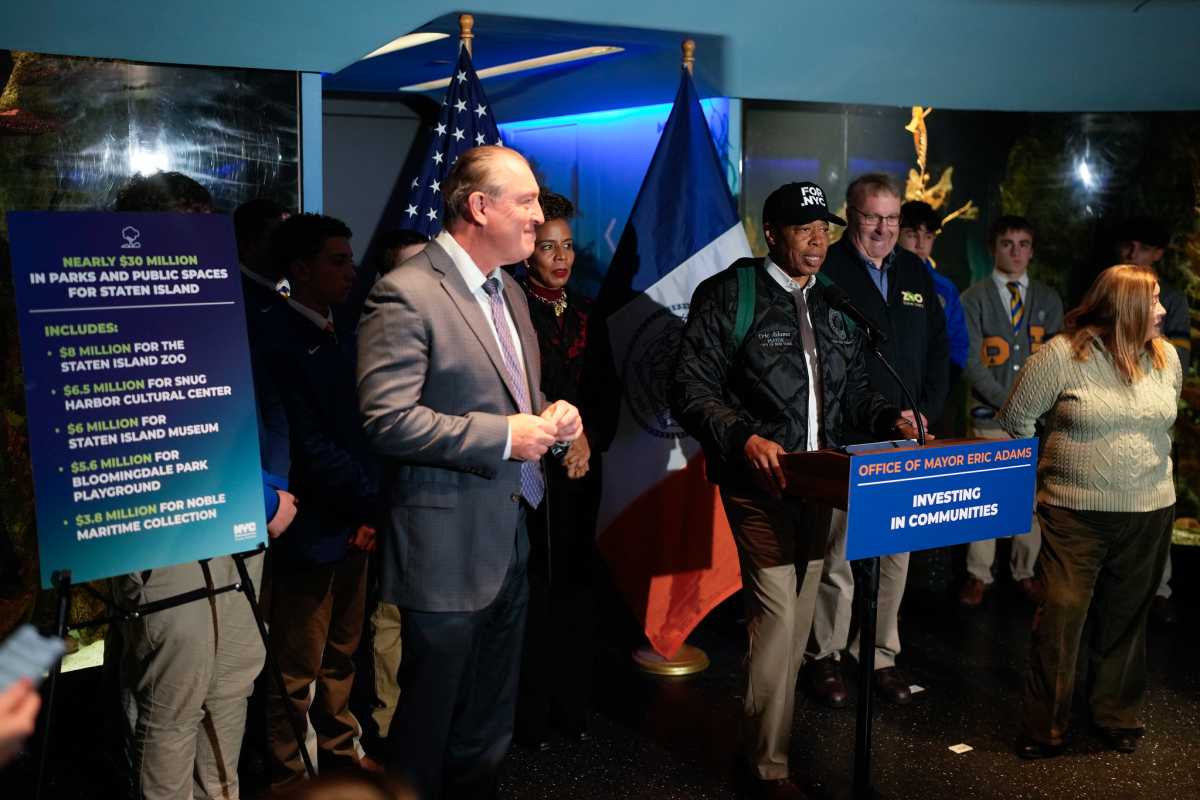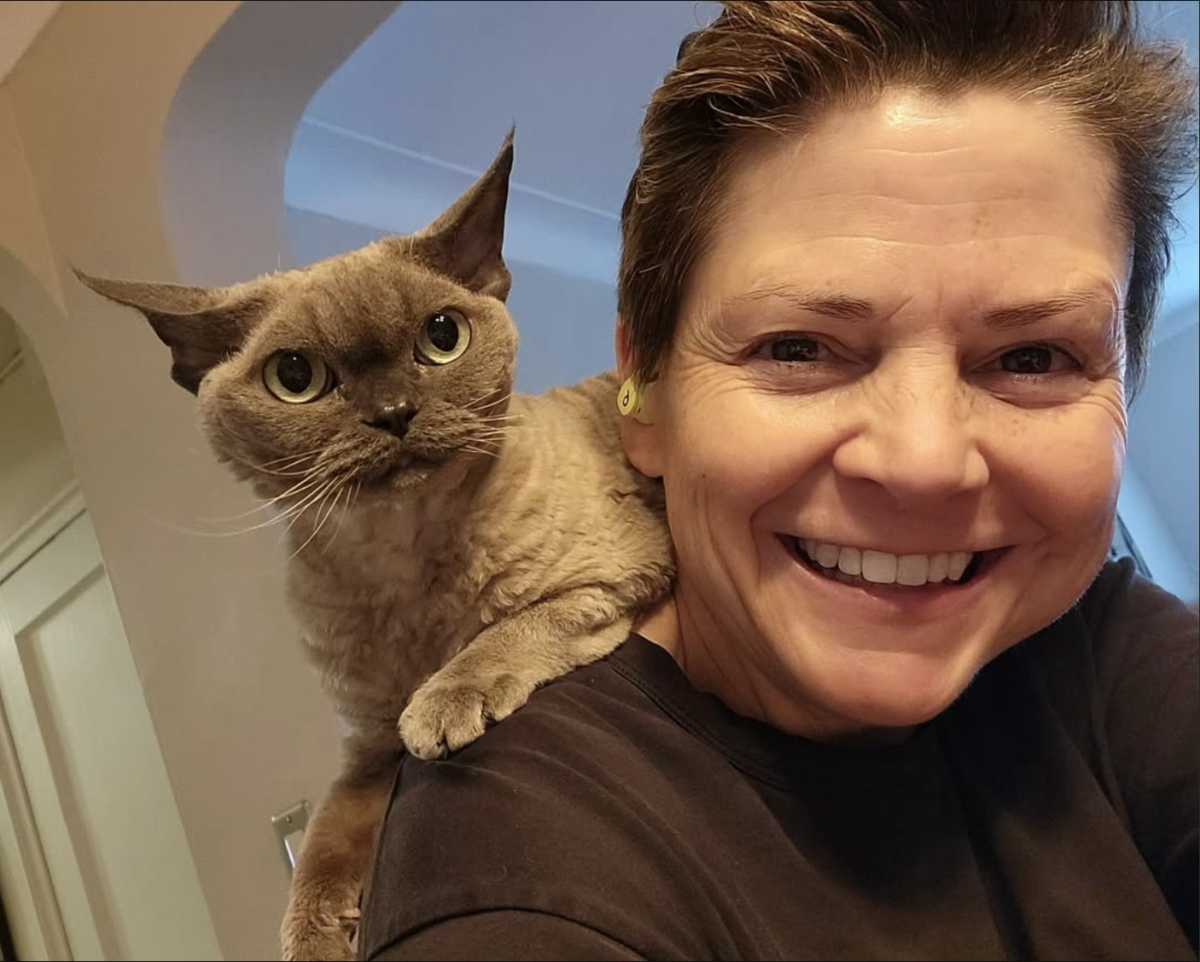By Lenore Skenazy
Dina Temple-Raston had a strange job. After any terrorist attack anywhere in the world, she’d fly out. She was National Public Radio’s terrorism gal. But after 10 years, she says, “It got a little wearing.”
On each assignment, she’d meet alleged terrorists, or convicted terrorists and try to get their story. But she found herself wondering: How did they get this way? How do you go from regular Joe to someone convinced, for instance, that it’s a great idea to fly a plane into a skyscraper?
In particular, she couldn’t get over how young many of the recruits were. Al Qaeda seemed to attract men in their 20s and 30s. But ISIS was attracting teenagers. The terrorists’ moms she spoke to were often in tears, saying: “This is not the kind of thing we teach at home! Why would he do this?” Temple-Raston decided to find out.
Off she went to interview the young people themselves — teens who’d made disastrously terrible decisions — as well as a gaggle of brain scientists. The result is her six-episode Audible podcast series, “What Were You Thinking? Inside the Adolescent Brain.”
It turns out the adolescent brain is sort of hardwired to make some decisions many parents (and cops, and judges) find mind-boggling. And in a strange way, that’s reassuring.
Take, for instance, a young man named Ryan Green, in Paducah, Kentucky.
“You meet Ryan and it’s hard not to like him,” says Temple-Raston.
But he’s a guy who hacked 77,000 computers. Did he do it to screw the world?
It seems like he was more concerned about being considered an “elite” hacker and earning street cred — something a whole lot of adolescents crave on the basketball court, or even the debate team. Peer respect activates the “feel-good chemical” in the brain — dopamine — that seems to push young people to take risks and work insanely hard at something (even when that “something” is not what you’d put on your college applications).
On her show, Temple-Raston doesn’t just describe what the brain scientists are discovering about how kids are wired. She also travels to places working on innovative solutions to the problems — whether that’s teen radicalization, suicide, or murderous rage. In the case of teen hackers, she went to Israel. There the government actively scouts for computer talent at a very young age and nurtures those kids so they can eventually work for the good of the country, rather than against it. Maybe America needs to do the same.
Temple-Raston also interviewed Abdullahi Yusuf, a Minnesota high-school football player who was just about to board a plane to join ISIS when the authorities stopped him. Turns out it’s quite possible that this was not a young man drawn to cruelty: He’d read about women and children suffering atrocities in Syria and wanted to help them. ISIS was doing just that — he thought. (This was before they started beheading people).
In adolescence, the empathy part of the brain is basically “throbbing,” says Temple-Raston. So when your teenager is in tears because you’re eating a burger and eating meat is murder, you shouldn’t be that surprised. As we age, we become comfortable with the imperfect world and the empathy subsides. But during those formative years, a cause can become a young person’s world.
In possibly the saddest episode, Temple-Raston interviews the parents of teens who have committed suicide. Journalism school she taught her never to cover a teen suicide because doing so could incite copycats. But with social media, it is no longer possible to keep a teen’s death quiet. And now towns like Colorado Springs have recently suffered “suicide contagion,” with up to 16 such tragedies a year.
What can be done? In England, there’s an app teens can tap when they’re at their lowest.
So if you are feeling sad, they have a bunch of kids who have felt the same way who’ll get on line and talk to you. The teens learn they’re not alone. (Here in New York, the Samaritans Suicide Prevention Center hotline, (212) 673–3000, provides free, confidential support 24 hours a day).
Of course, most teens will never shoot anyone or join a jihad. But it’s likely they’ll be a little high-strung about a cause you might not share. Bottom line: It probably isn’t your parenting causing this rift, it’s their brains. Sooner or later, they’ll be back to normal.
It just might not feel soon enough.
Lenore Skenazy is president of Let Grow, founder of Free-Range Kids. and author of “Has the World Gone Skenazy?”


































